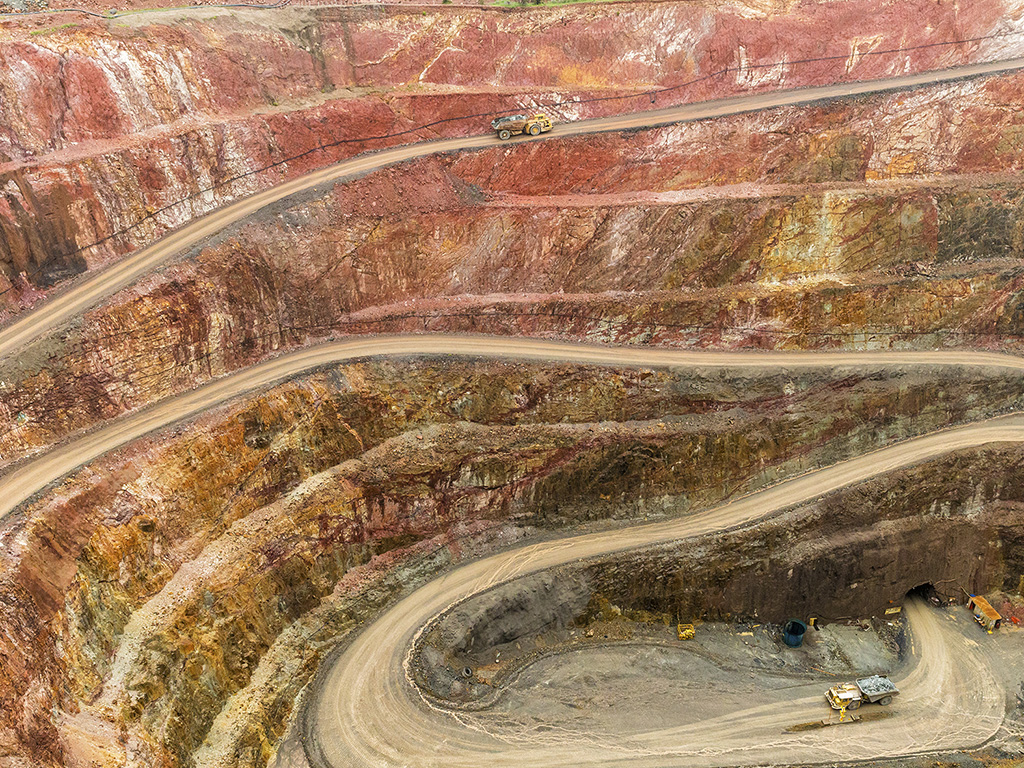
Outside the small town of Spruce Pine in the Appalachian Mountains of North Carolina, there is a set of white buildings ringed by two-storey fences and security guards. Beneath these buildings is a geological formation created 380 million years ago when two palaeocontinents, Laurasia and Gondwana, crossed the great Rhxeic Ocean and smushed (not a technical term) into each other, creating a single huge landmass: Pangaea.
Several miles beneath the surface, as the tectonic plates crunched together, minerals were heated and mixed in a subterranean crucible that was, thanks to the absence of water, unusually free of impurities. It took millions of years for the rock to cool and solidify, but when it did it formed a mass of pegmatite – crystals of quartz, feldspar and mica – that seems to be unique in its purity. If quartz this pure exists anywhere else on Earth, it is yet to be discovered.



